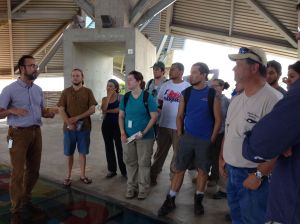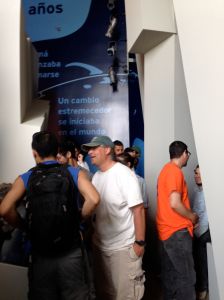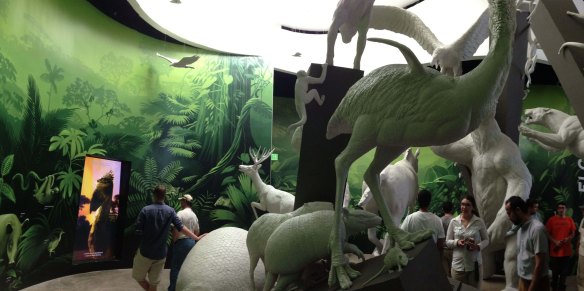Today, PCP PIRE and other members of the University of Florida welcomed Dr. Jacquelyn Gill as she spoke about her research on extinction and climate change during the Pleistocene and how it can inform us about future climate change. Dr. Gill explained that large-bodied mammals helped buffer plants from changing climate and that megafaunal extinction may have caused plants to become more susceptible to the effects of climate change. Dr. Gill stressed that ecological interactions are strong factors in what decides a plant’s geographic range and that climate alone is not enough to explain geographic range – we should carefully consider these interactions when we are discussing conservation strategies for modern species. Dr. Gill is also an advocate for increasing diversity in the sciences.
To learn more about Dr. Gill’s research, follow her on Twitter and read about her lab on her webpage.


![IMG_20151002_094119_906[1]](https://pcppire.files.wordpress.com/2015/10/img_20151002_094119_9061.jpg?w=225&h=300)
![IMG_20150929_132640[1]](https://pcppire.files.wordpress.com/2015/10/img_20150929_1326401.jpg?w=225&h=300)
![IMG_20151002_092113_508[1]](https://pcppire.files.wordpress.com/2015/10/img_20151002_092113_5081.jpg?w=225&h=300)
![IMG_20151002_095834_470[1]](https://pcppire.files.wordpress.com/2015/10/img_20151002_095834_4701.jpg?w=225&h=300)
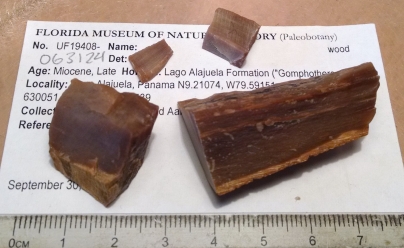
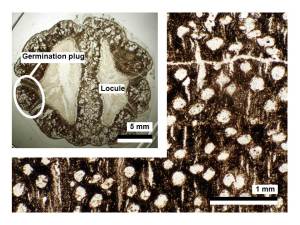
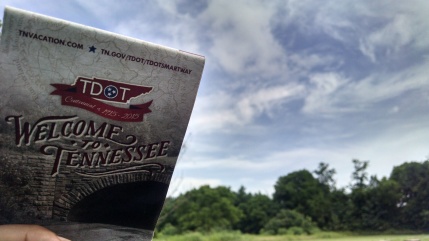
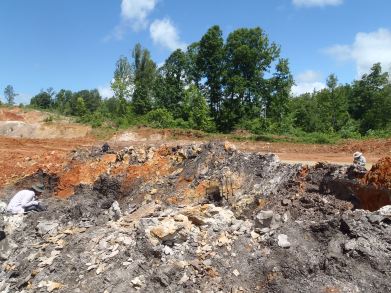
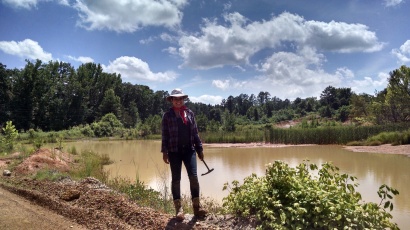 We had a great weekend up in Tennessee, now to analyze the cuticle of the leaves and if possible add them to my research manuscript.
We had a great weekend up in Tennessee, now to analyze the cuticle of the leaves and if possible add them to my research manuscript.
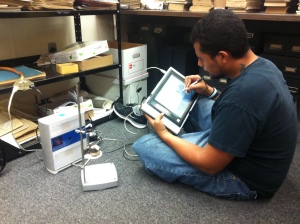

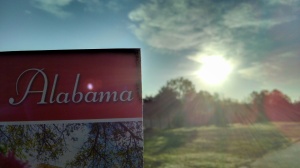 searching for fossilized leaves. We departed from the Museum at 1 pm on Friday and arrived in Birmingham, Alabama at 9 pm. We rested for the night at a hotel and early in the morning headed to Cahaba Environment Center at Living River. At the site we meet up with other professor from the area whom would be our guides.
searching for fossilized leaves. We departed from the Museum at 1 pm on Friday and arrived in Birmingham, Alabama at 9 pm. We rested for the night at a hotel and early in the morning headed to Cahaba Environment Center at Living River. At the site we meet up with other professor from the area whom would be our guides. 